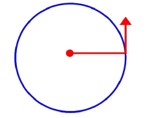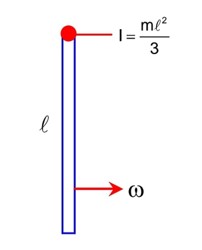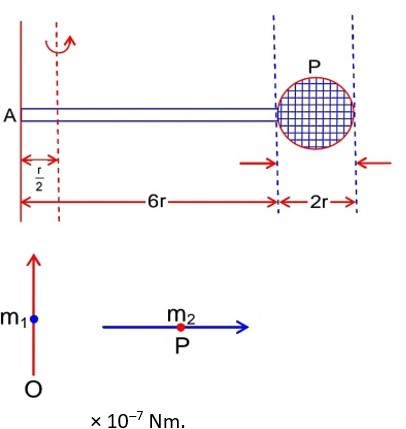Physics System of Particles and Rotational Motion
Get insights from 151 questions on Physics System of Particles and Rotational Motion, answered by students, alumni, and experts. You may also ask and answer any question you like about Physics System of Particles and Rotational Motion
Follow Ask QuestionQuestions
Discussions
Active Users
Followers
New answer posted
4 months agoContributor-Level 10
Using conservation of energy:
So, sphere has the greatest velocity of COM and ring has least.
New answer posted
4 months agoContributor-Level 10
Case – I : When disk slides down
Case – II : When disk rolls down
New answer posted
4 months agoContributor-Level 10
Using conservation of linear momentum, we can write

Using conservation of angular momentum about centre of mass of Rod, we can write
Using definition of e, we can write
New answer posted
4 months agoContributor-Level 9

Direction & magnitude both remain same
for particle moving with constant speed.
Taking an Exam? Selecting a College?
Get authentic answers from experts, students and alumni that you won't find anywhere else
Sign Up on ShikshaOn Shiksha, get access to
- 66k Colleges
- 1.2k Exams
- 680k Reviews
- 1800k Answers


